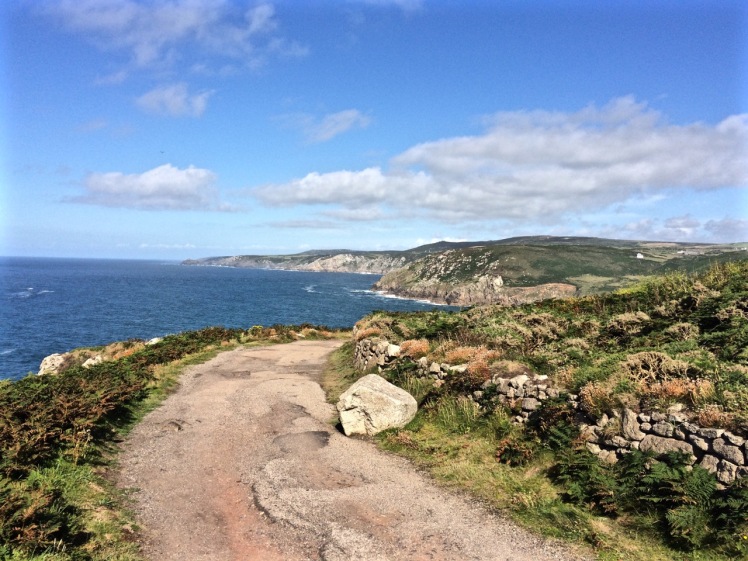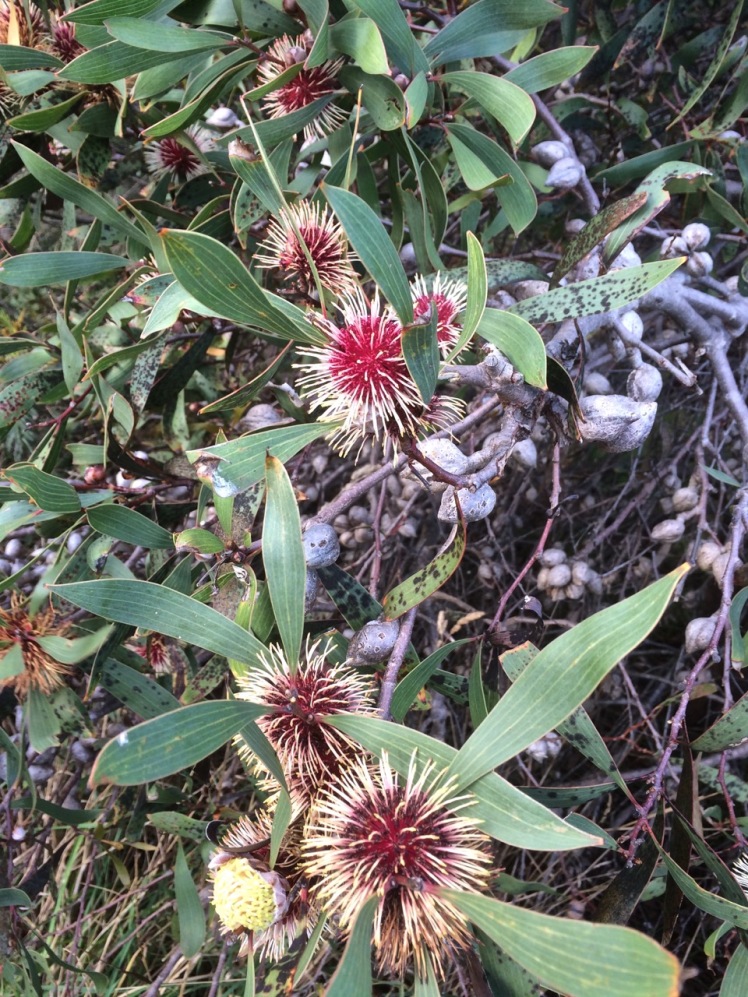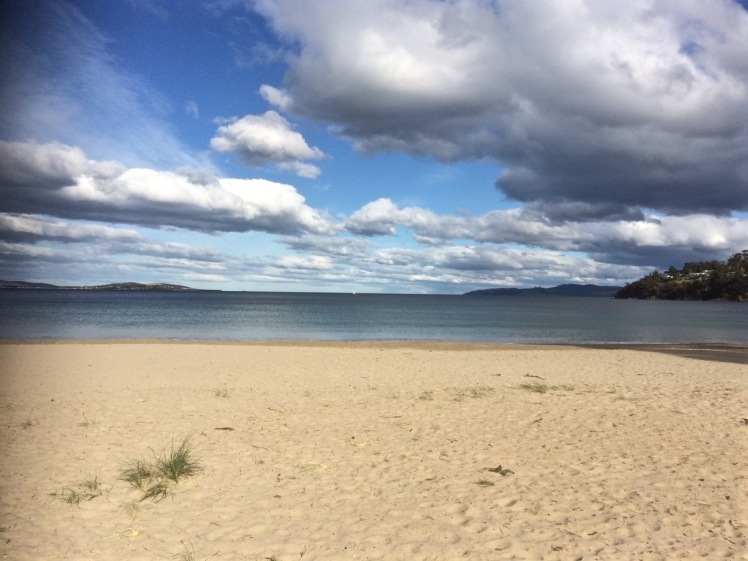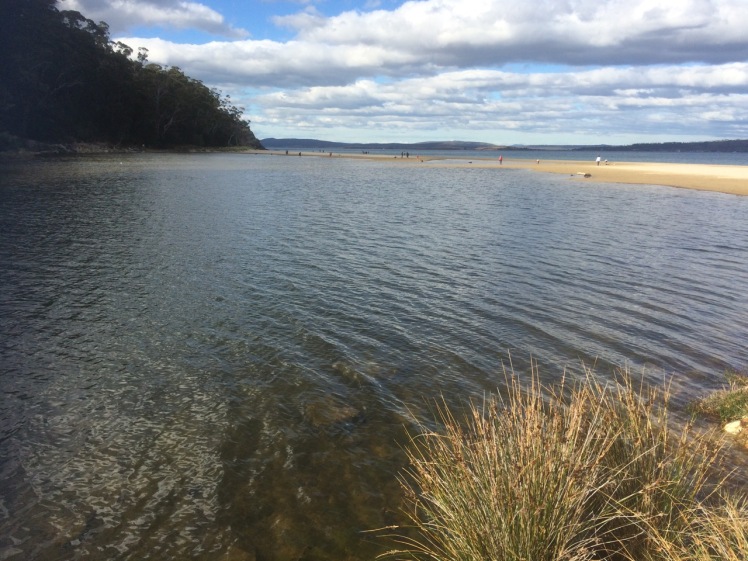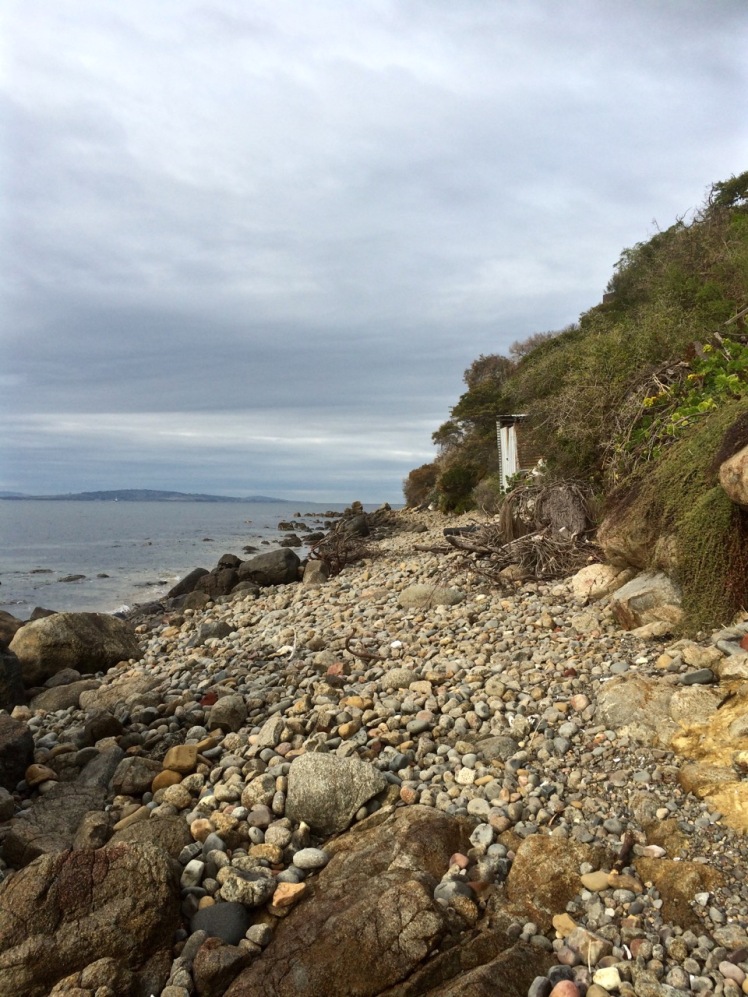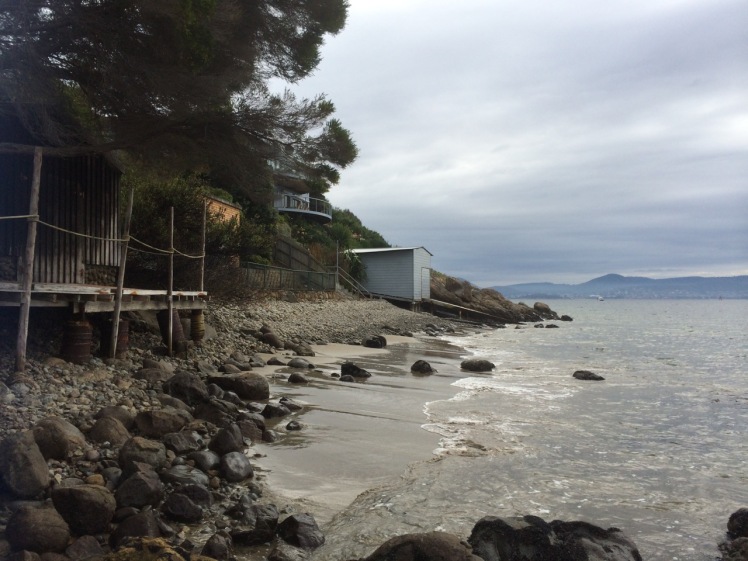Breaking Away: Hong Kong to London by Train
The Joys and Sorrows of a Small Blue World
The owl is calling in the garden. The river is quiet, the mountain is alive with night life of a different kind… the wallabies, bandicoots, sugar gliders, frogmouths and the moths. This is home but sometimes it’s nice to go away and expose yourself to the joys and sorrows of a greater world.
The Trans Siberian Express, and Then Some
I had thought that by focussing my attention on the local coastline I’d subdue the travel bug but that’s a hard call when someone you love wants you to visit them in London.
Of course you say yes.
But to tread more lightly on the earth we decided to take the train from Hong Kong to London – a cruise overland, country and cultures slowly revealing themselves. Sailors who have spent days at sea get this but most people I told were bemused. ‘That’s a long time on a train,’ they said.
In fact, the days flew.
I’d do it all over again in a heartbeat even though you see the damage as well as the beauty.
Silent Summer
Whenever he emerged from the vodka soaked conviviality he was enjoying with the Russians in the next compartment, the American would say, ‘Why has China got no bugs?’ And I would reply, ‘Why are we not seeing any birds?’
It seemed a silent summer.
Between Hong Kong and Beijing we saw a horse, a cow and a few tiny flocks of sheep but no birds. We saw new cities of derelict buildings and a countryside devoid of life. As we walked seven stages of the Great Wall one hot and humid afternoon we encountered two red bottomed bumble bees (name unknown) and although about half the bumble bee species known to the world occur in China, I see heaps more in my garden on any sunny summer’s day.
Siberia does have insects. We met our first big winged thing at the border. Siberia also has a multitude of mosquitoes, but across it’s whole extent we barely saw a bird, let alone a flock, despite passing wetlands, Lake Baikel and rivers.
‘There’s plenty of wildlife in Russia,’ said one of the Russians. ‘I’m going hunting as soon as I’ve unpacked my bags.’ And after giving the matter some more thought, he said the train probably scared the birds away.
Slicing through country in a train is no way to monitor wildlife but in trying to find out why the emptiness I found my concerns are shared by Pakistan – they’ve noticed a drop in migratory birds from Siberia.
Australia has also noted a similar collapse.
Personally, I’m sad the birds were foraging elsewhere because Siberian birdlife is magnificent and migrating flocks, though smaller, are also apparently returning home earlier than usual each year.
We saw two storks in Poland, the odd bird in Germany and a small flock of waterfowl in Holland. In the UK the skies were busier but we were on foot and bicycles there and that might have been the difference.
Plastics Rule
Walking through history and past longboats along the lovely Regents Canal in London, birds were nesting amongst the plastic drifting on its surface (see below – that mound in the water is a nest).
We rode along the Thames to Greenwich, looking at the little beaches where in the nineteenth century mudlarks (the human variety) searched for pickings. A small yacht negotiating the lock from the Thames into the Limehouse Marina was surrounded by plastic litter, a bit like that nest.
No Tasmanian Coastline, This
We cycled from St Michael’s Mount to Mousehole in Cornwall and walked from St Ives to Zennor.
It was summer; it was magical. The weather was warm, the leaves full of sap, the wild flowers in blossom and the breeze was fragrant.
It was tough returning to winter.
Storms had pummelled the island while we were away. The Hobart Rivulet, imprisoned beneath the city streets had flooded and damaged buildings. It had been an expensive and inconvenient pest, apparently, but I felt empathy for its bid for freedom.
It just wanted to do what rivers do best: shape and nourish landscapes.
And me: I’m just dancing in the rain because hey, it’s still a vibrant, abundant world with far more joys than sorrows, and there’s an owl calling in the garden.



